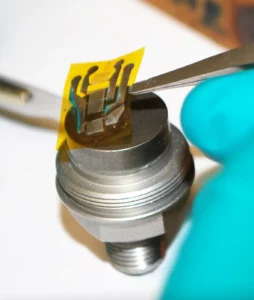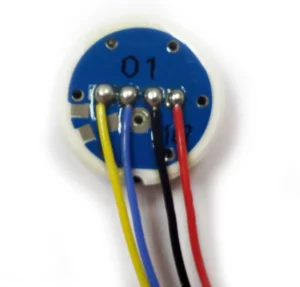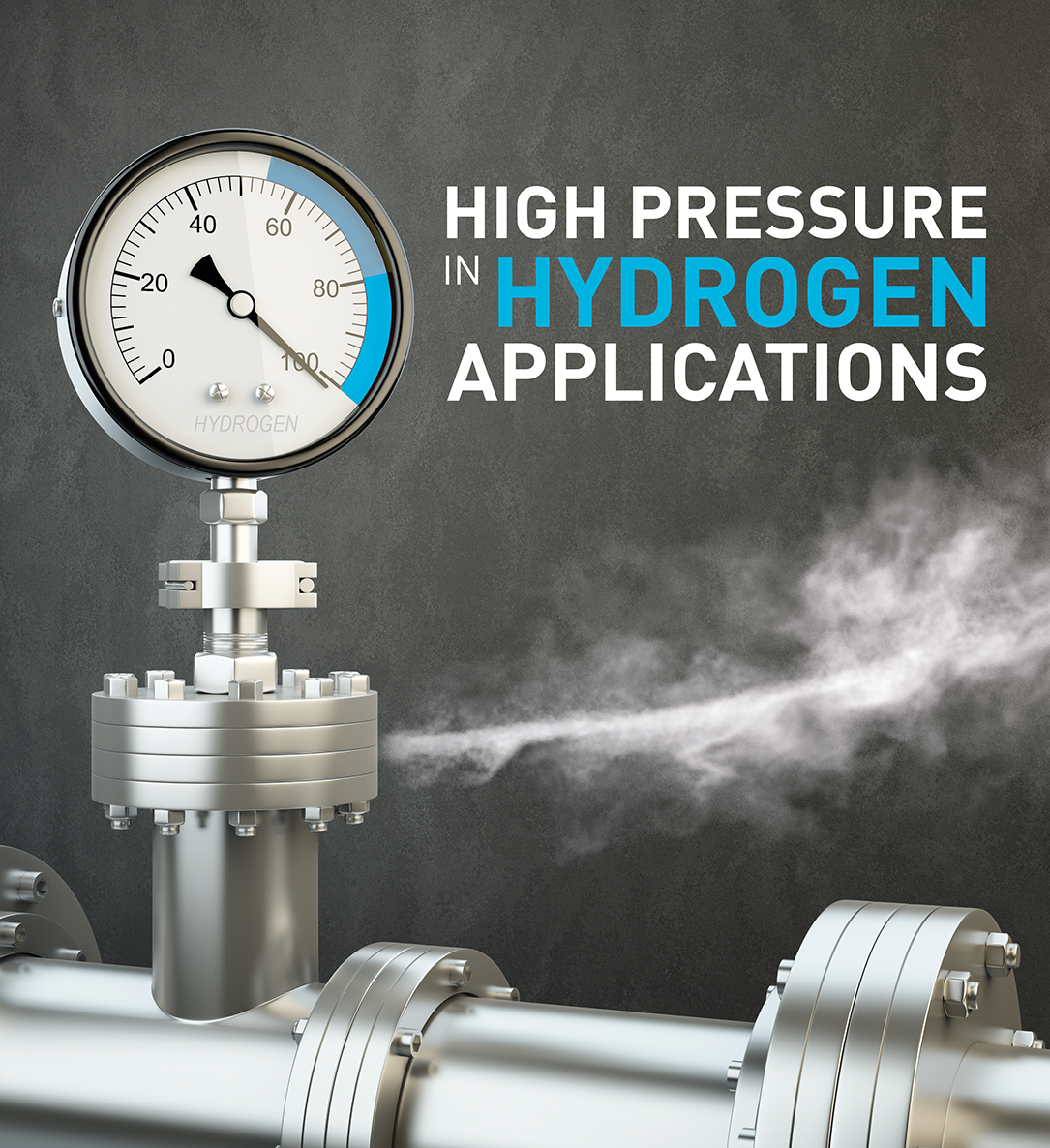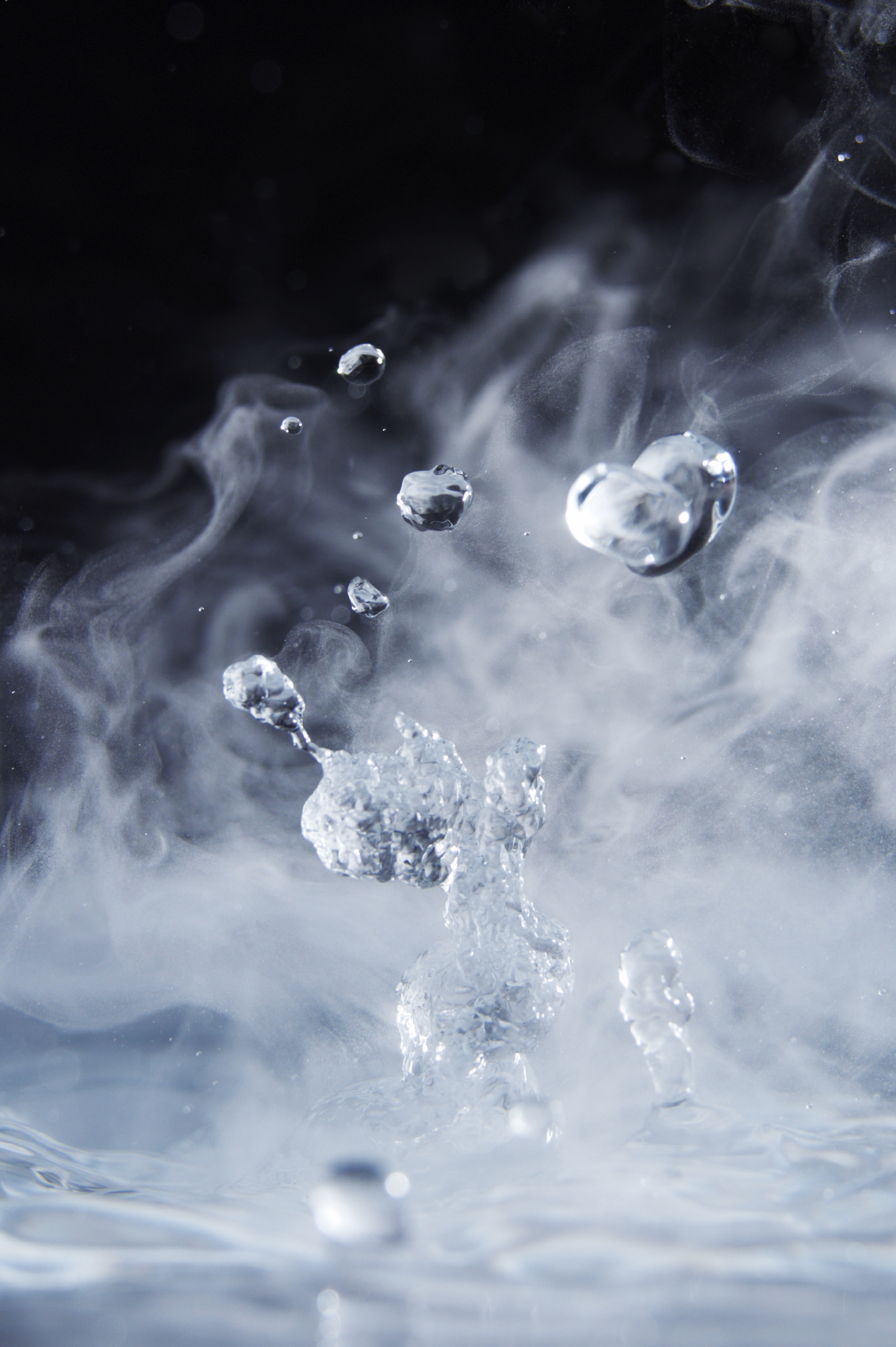Our Unit Converter
The ESI Unit converter allows you to quickly and easily access a conversion tool to work out your preferred unit of pressure measurement wherever you may be. Whether out on-site or in the office.

Download the ESI-USB© Software
The ESI-USB© software allows you to connect your ESI transducer to your laptop or PC and be up and running monitoring pressure data within ten minutes. The software auto-updates and is compatible with Windows 8, 10 & 11.
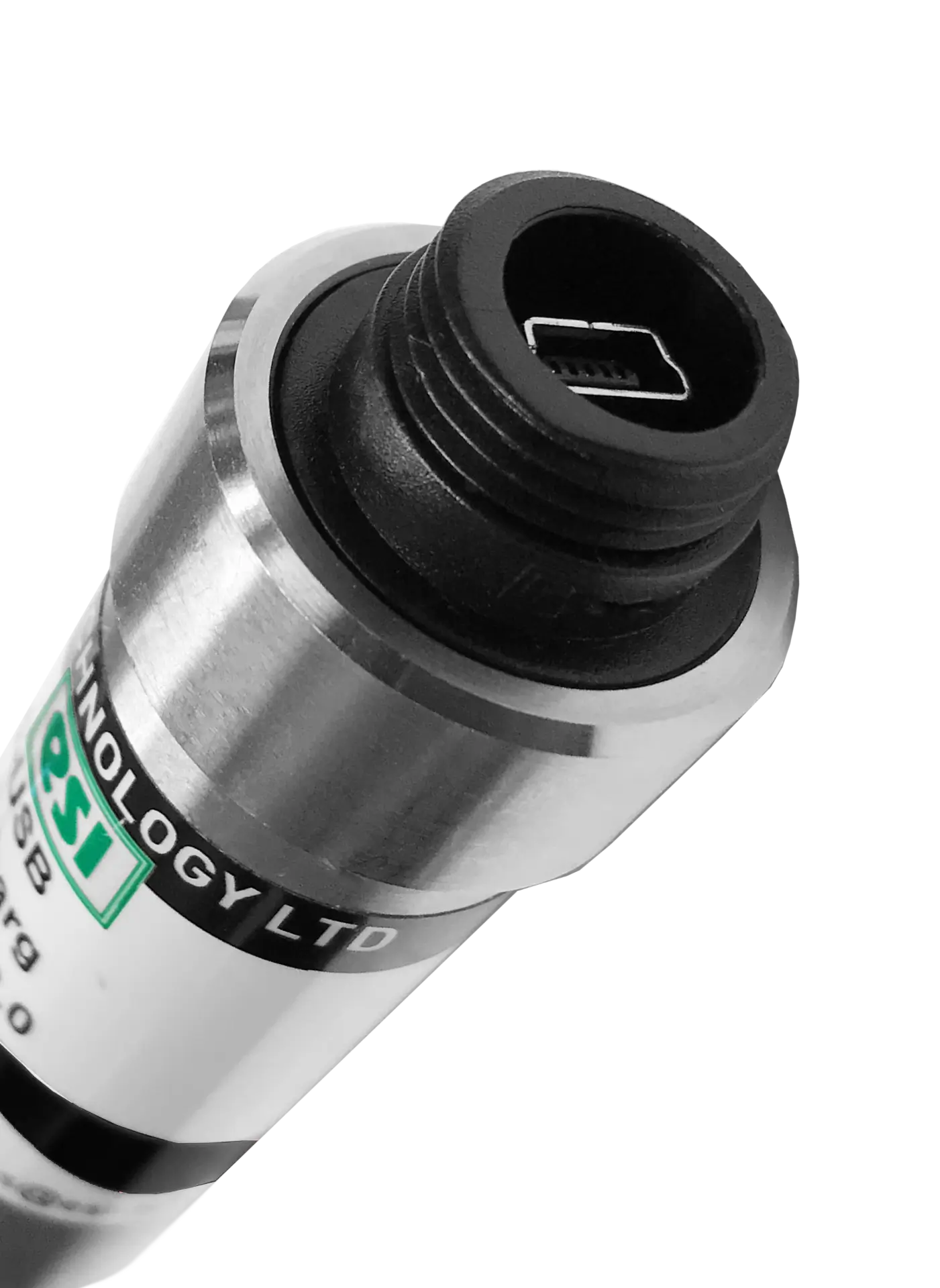

It's all about the sensor!
Technical Explanation
Pressure measurement is an important part of many applications across many industries. Processes can vary in pressure range, temperature and the media being measured. There is no ideal pressure sensor technology for all applications, so making the correct choice of sensor for your application is essential to get the best possible performance from your pressure transmitter or transducer.
Pressure sensors or pressure sensor elements are measuring elements which convert the physical quantity of pressure into an electrical quantity that is proportional to the pressure. Different physical effects and different sensor materials such as silicon, ceramic or metal are used. Each technology may have specific advantages and disadvantages. The pressure sensor design that is most suitable for an application is determined by the demands of the application, for example, the material in contact with the media and its suitability for certain media are of fundamental importance.
ESI use a range of sensor technologies;
Silicon-on-Sapphire (SoS) pressure sensors
Silicon-on-sapphire wafers are formed by depositing silicon onto the sapphire substrate at very high temperatures.
Pure sapphire crystal is grown in a controlled lab environment. The formed sapphire ingots are cut at a 60º angle, known as the R-Plane. This plane reveals the oxygen atoms in the crystal and because the spacing of these atoms is almost identical to that in a silicon crystal, the silicon can be cleanly deposited onto the surface of the sapphire wafer. Doped silicon strain gauges are etched from the layer of silicon and individual strain gauges are electrically isolated from each other by the outstanding insulating characteristics of the sapphire substrate. The ability to operate at high temperatures, chemical inertness, and virtual absence of hysteresis make the strain gauges ideal for use in pressure sensors.
Key features
- Constructed using machined titanium parts
- High pressure HP range is machined from a single piece of Titanium
- Titanium pressure diaphragm is welded to titanium threaded pressure port therefore no o-ring seals
- High resistance to over-pressure (proof pressure) and pressure transients
- Excellent chemical resistance
- Stable at elevated temperatures
- High sensitivity 10mV/V to 20mV/V
- Pressures from 0,5bar to 4000bar
Bonded foil pressure sensors
Bonded foil sensors are based on the same principle as a strain gauge. Four foil gauges, made from constantan on a flexible polyimide backing, are bonded to a stainless steel diaphragm in the form of a Wheatstone bridge circuit. The diaphragm flexes and strains in response to an applied pressure and causes an electrical resistance change in the strain gauges producing a sensitivity of 2mV/V.
Key features
- The sensor is constructed using two machined pieces of stainless steel. One piece is the pressure port (threaded section) which is machined using 300 series stainless steel
- The other piece is machined from a special grade of stainless steel known as 17/4PH. This has excellent ‘spring-like’ properties and has been the material of choice for many manufacturers.
- The two pieces are electron beam welded together and the strain gauge is bonded to the surface of the diaphragm.
- This construction has no o-ring seal and has good resistance to overpressure and pressure transients
- Output sensitivity 2mV/V
- Pressures from 25bar to 1000bar (Gauge reference only)
Thick-film sensors
Like bonded foil strain gauge sensors, thick film sensors use four resistors grouped to form a Wheatstone bridge. The resistance structures are screen printed onto a ceramic membrane diaphragm and then hermetically joined to a main ceramic body to make a robust structure. The resistance change here is due to the deformation of the membrane, resulting from the geometrical change caused by the stretching and compression of the material. Connections from the membrane are made through the body to solder points on the surface.
Key features
- The pressure tight seal between the ceramic sensor element and the 316L stainless steel housing is made using a nitrile* o-ring seal
- The sensor is secured using a locking ring which exerts sufficient force onto the o-ring to effect a seal
- Unlike SoS and bonded foil strain gauge sensors, the proof pressure and burst pressure rating is the same. Ceramic does not ’yield’ like metal diaphragms and once proof pressure is exceeded there is high risk of rupture (burst)
- Output sensitivity is similar to bonded foil strain gauge i.e. Typically 2.2mV/V
- Pressures from 1bar to 400bar (Gauge or Absolute).
Isolated Silicon Sensor
An isolated silicon sensor utilizes a semiconductor (silicon) measuring diaphragm with selectively diffused structures. They use the piezoresistive effect, which is based on the change in electrical resistance in the semiconductor materials caused by the stretching and compression, which affects the mobility of the electrons under the mechanical stress. The silicon sensor is fitted onto a glass feed-through and is mounted in a 316L stainless steel housing. It is then isolated from external media behind a thin 316L stainless steel membrane which is welded to the main housing body. The housing is filled with silicon oil and sealed. Pressure acts on the membrane and is transferred through the oil to the sensor.
Key features
- O-ring seal is required
- All 316L stainless steel construction
- Sensor is mounted into 316L stainless steel pressure port and sealed using nitrile o-ring
- Good resistance to overpressure
- Excellent performance at low pressure from 50mbar upwards.
- Maximum pressure limited to 600bar
- High sensitivity of 10mV/V
Silicon sensor
Piezoresistive silicon sensing element without a protective membrane. The sensor is packaged in a plastic housing for direct mounting to a printed circuit board.
Key features
- Suitable only for air and non-corrosive gases
- Used for low pressure air differential pressure measurement
- Product PR3202
- Sensitivity of 10mV/V typical
- Low pressure ranges from 5mbar to 1000mbar
ESI offers technical support to assist clients choose what type of pressure sensor best meets their needs. Contact the sales team [email protected]

